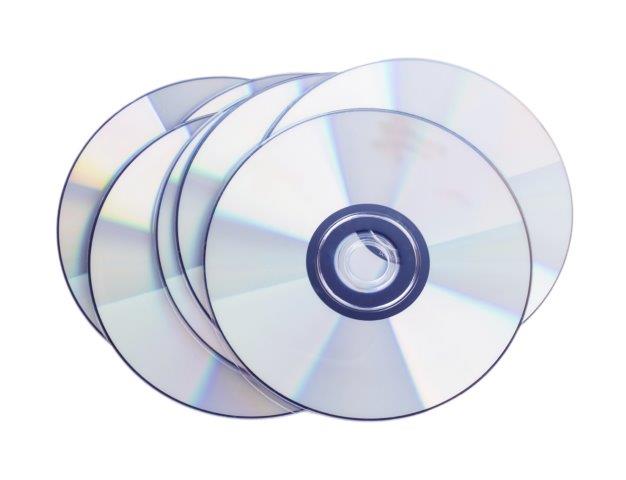FOR IMMEDIATE RELEASE
ACS News Service Weekly PressPac: April 09, 2015
How unwanted CDs and DVDs could help cut carbon emissions
"Adsorption Properties of Activated Carbons Prepared from Waste CDs and DVDs"
ACS Sustainable Chemistry & Engineering
Now that most consumers download and stream their movies and music, more and more CDs and DVDs will end up in landfills or be recycled. But soon these discarded discs could take on a different role: curbing the release of greenhouse gases. In the journal ACS Sustainable Chemistry & Engineering, scientists report a way to turn the discs into a material that can capture carbon dioxide, a key greenhouse gas, and other compounds.
Mietek Jaroniec and colleagues from Poland and the U.S. note that manufacturers typically use natural sources, such as coal and wood, to make activated carbon. The material is then incorporated in a wide range of applications from decaffeination to gas purification. More recently, scientists have been preparing activated carbon out of everyday plastic products. Jaroniec’s team wanted to try this with optical discs, a fast-growing part of our waste stream.
The researchers processed disc fragments into two kinds of activated carbon with high surface areas and large volumes of fine pore. These key characteristics allowed the materials to capture carbon dioxide. They also adsorbed hydrogen gas and benzene, a carcinogenic compound used in industrial processes. The researchers say that in addition to carbon capture applications, their materials could be used to separate volatile organic compounds and store hydrogen.


